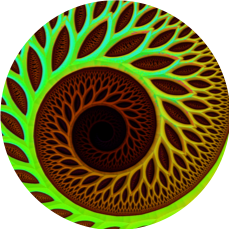Chapter 14: Diversity of Plants
- What ecosystem services to plants provide?
- Plants are primary producers. What does that mean?
- What do plant provide humans?
- What are the key photosynthetic organisms in freshwater
- What are the closest living relatives to land plants?
- What physical similarities (synapomorphies) do green algae have with plants?
- Which group of algae are the closest living relatives to land plants?
- Which group of land plants are the closest living relatives to green algae?
- What are the differences between nonvascular plants, seedless vascular plants, and seed plants?
- What do vascular tissues do?
- What evolutionary advantages did vascular tissue provide vascular plants? Why is vascularity so important?
- How are seeds different from spores?
- How are gymnosperms different from angiosperms
- Which group of plants have “naked seeds”?
- Which group of plants have “vesseled seeds”?
- Which group of plants are known as flowering plants?
- What were two of tthe earliest adaptations of land plants?
- What were two main advantages of growing on land for plants?
- What is a cuticle, and why is it important for land plant development?
- Why are stomata important in plants? What specialized cells are they made from?
- What are the advantages and challenges of upright growth for land plants?
- What is xylem? Phloem?
- Xylem up; phloem down.
- What are three innovations that evolved for plants to reproduce in dry environments?
- Why is it important for seeds to disperse far from their parents?
- List four differences between a monocotyledon and a dicotyledon. Be able to look at pictures of cotyledons, flowers, leafs and vascular tissue (and be able to differentiate between monocot and dicot).
- What are cotyledons?
